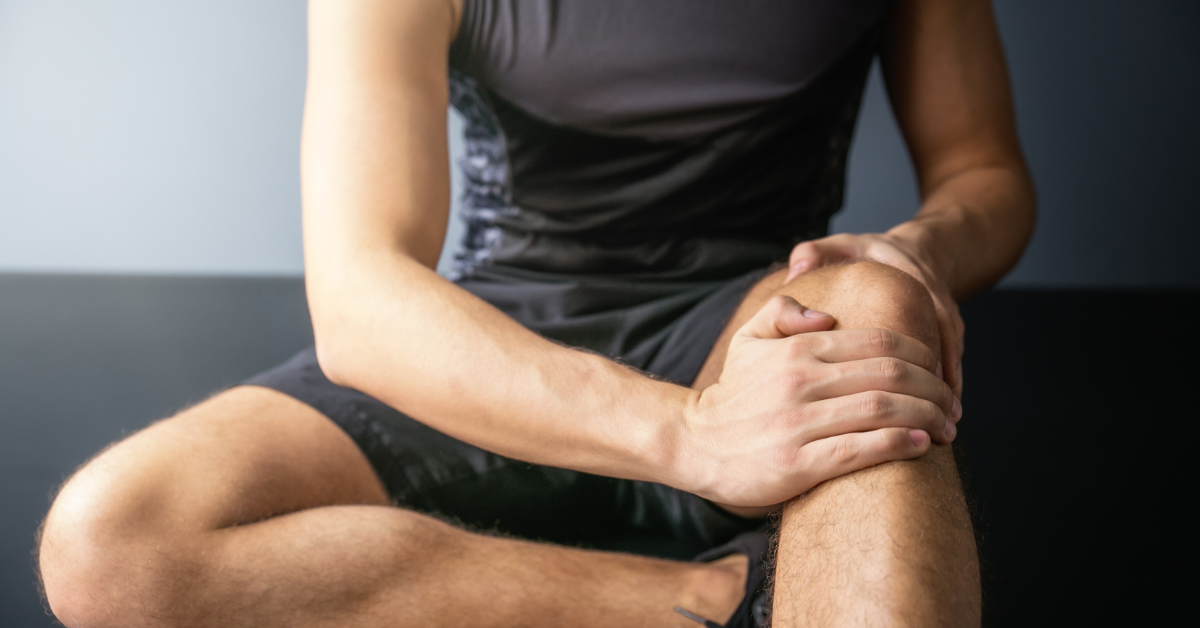
ACL Therapy
Recovering from an anterior cruciate ligament (ACL) injury is a critical journey for active individuals, especially those engaged in sports. These injuries can result in pain, instability, and reduced mobility. At Carolina Physical Therapy, we are dedicated to providing personalized care to support your recovery. This article offers an overview of ACL injuries, their diagnosis, treatment options, the rehabilitation process, and strategies to prevent future injuries. Our Downtown Columbia clinic is equipped to help you regain your strength and confidence—just ask our 9 current ACL patients who are putting in the work to get back to doing what they love
Understanding ACL Injuries
The anterior cruciate ligament (ACL) is essential for knee stability and function, connecting the femur to the tibia. Injuries to the ACL can lead to significant instability, pain, and limited mobility, affecting daily activities and sports participation. Such injuries often occur during activities that involve sudden stops, changes in direction, or awkward landings, common in sports like soccer, basketball, football, and skiing.
Risk factors for ACL injuries can be intrinsic, like anatomical variations and muscle imbalances, or extrinsic, such as environmental conditions and sports equipment. Statistics show that around 200,000 ACL injuries occur annually in the United States, with young athletes being particularly vulnerable. Female athletes are at a higher risk, being 2 to 8 times more likely to sustain an ACL injury than their male counterparts. Understanding these factors is crucial for developing effective prevention and rehabilitation strategies.
Diagnosing ACL Injuries
Timely diagnosis of an ACL injury is vital for effective treatment. Common symptoms include sudden pain, swelling around the knee, and difficulty bearing weight. Many patients report a ‘popping’ sound at the time of injury, indicating a possible tear. Other signs include knee instability and a reduced range of motion.
Diagnostic imaging techniques like Magnetic Resonance Imaging (MRI) are used to visualize soft tissues and confirm ACL tears. X-rays may also be employed to rule out bone fractures. A thorough physical examination by a healthcare professional, including stability and range of motion tests, is essential for an accurate diagnosis. This comprehensive approach ensures that the most effective treatment plan is developed for each patient.
Treatment Options for ACL Injuries
Effective treatment for ACL injuries is crucial for restoring mobility and quality of life. Nonsurgical methods, such as physical therapy, are often the first line of treatment. Tailored rehabilitation programs can strengthen the muscles around the knee, improve flexibility, and restore function. Bracing can also provide support during the healing process, stabilizing the knee and preventing further injury.
For more severe injuries, surgical options may be necessary. ACL reconstruction involves replacing the damaged ligament with a graft, sourced from the patient’s own tissue or a donor. This procedure is often recommended for athletes and individuals with high activity levels to facilitate a return to sports and vigorous activities.
The choice between surgical and nonsurgical treatments depends on factors like the severity of the injury, the patient’s age, activity level, and overall health. A thorough evaluation by a qualified healthcare provider ensures the most appropriate treatment plan. At our downtown Columbia clinic, we are committed to guiding you through your recovery journey, providing the best possible care for your ACL injury, as it is not uncommon to rehab with your PT family for up to 3 – 6 months after surgery!
Rehabilitation After ACL Injury
There is a high incidence of ACL re-tear or opposing side tears. Continuing PT until maximal potential is reached is encouraged to decrease risk. Recovering from an ACL injury involves a structured rehabilitation process with three key phases: acute, recovery, and functional. During the acute phase, the focus is on reducing swelling and managing pain. This includes rest, ice, compression, and elevation (RICE), along with gentle mobility exercises.
In the recovery phase, the emphasis shifts to strengthening the muscles around the knee, particularly the quadriceps and hamstrings. Tailored rehabilitation programs are crucial during this stage to address individual needs based on the severity of the injury and the patient’s activity level. A personalized approach ensures effective and safe exercises, promoting optimal healing.
The final functional phase aims to restore full functionality and prepare the patient to return to pre-injury activities. Rehabilitation exercises during this phase include balance training, agility drills, and sport-specific movements. These exercises enhance strength, coordination, and proprioception, reducing the risk of re-injury. An effective ACL rehabilitation program is vital for a successful recovery and helps patients regain confidence in their movements.
Preventing Future ACL Injuries
Preventing future ACL injuries is essential for athletes and active individuals. Strengthening the knee and improving stability through targeted exercises can significantly reduce the risk of injury. Strength training routines focusing on the quadriceps, hamstrings, and calf muscles enhance joint support and resilience. Using resistance bands and balance exercises can help build the necessary muscle strength and stability.
Proper training techniques and conditioning are equally important. Athletes should engage in sport-specific drills that promote agility and coordination, paying close attention to body mechanics. Working with a trained professional can help identify and correct improper techniques that might increase the risk of ACL injuries.
A thorough warm-up routine is also crucial. Warm-up exercises prepare the muscles and joints for physical activity, while flexibility exercises enhance the range of motion and reduce stiffness. Dynamic stretches and mobility drills should be included before sports or workouts to improve performance and minimize injury risks.
Ready to give physical therapy a try?
Click here to schedule an appointment with any one of our convenient locations.
